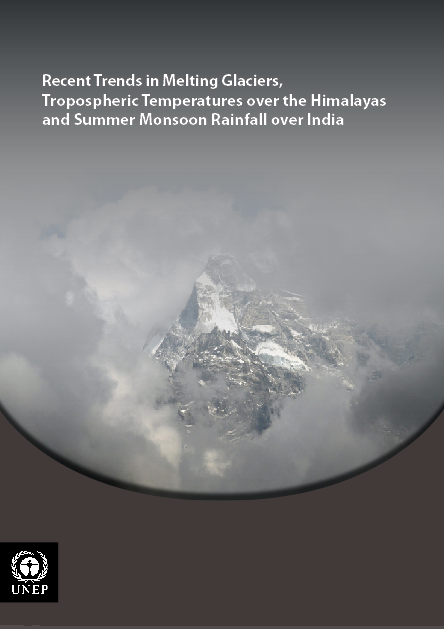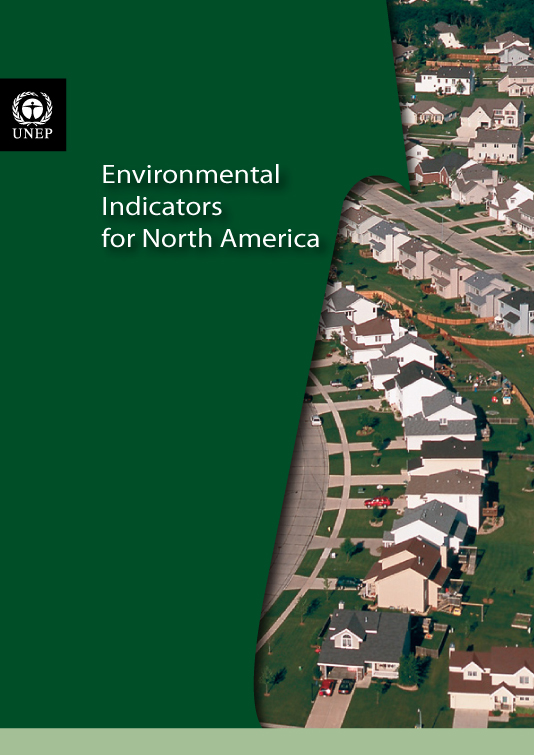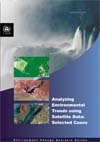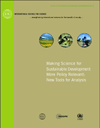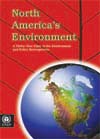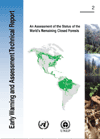Kigali: State of Environment and Outlook Report 2013
Kigali is home to 10.8 percent of Rwanda's total population (one million people) and is one of
Africa's fastest- growing cities. With this success comes challenges that include inadequate water and
energy infrastructures, liquid and solid waste management, air and water pollution as well as
unsustainable production and consumption lifestyles.
 To open this publication, click here...
To open this publication, click here...
|
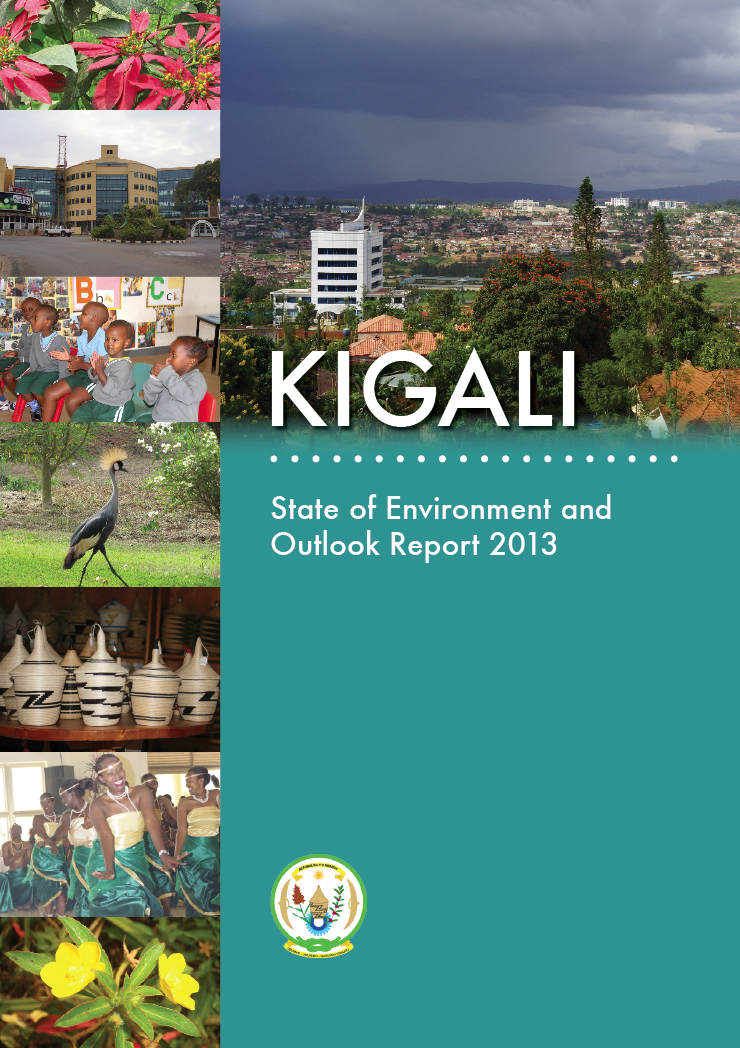
|
Adaptation to Climate-change Induced Water Stress in the Nile Basin -
A Vulnerability Assessment Report
This publication presents a quick and clear overview of the people and places vulnerable to water stress related to the impacts of climate change in the Nile Basin.
The report's insights and information should enable countries and relevant stakeholders involved in managing the Nile River Basin to make evidence-based
policy choices and decisions that ensure the sustainability of the Nile and its resources.
 To open this publication, click here...
To open this publication, click here...
|
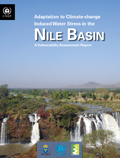
|
Ethiopia's Gibe III Dam: its potential impact on Lake Turkana water levels
This assessment study uses multiple sources of data to study the potential hydrological impact of the Gibe III dam in Ethiopia
on Lake Turkana water levels.
 To open this publication, click here...
To open this publication, click here...
|

|
Atlas of Rwanda's Changing Environment — Implications for Climate Change Resilience
The Atlas of Rwanda's Changing Environment is a visual account of Rwanda’s state of natural resources revealed through maps,
current and historical satellite images, aerial and ground photographs as well as narrative based on extensive scientic evidence.
The Atlas serves as a reflection on the progress made towards mitigating environmental degradation and climate change that were
recognized as some of the main barriers to realizing medium term Millennium Development Goals and the development aspirations of the Rwanda
Vision 2020.
 To open this publication, click here...
To open this publication, click here...
|
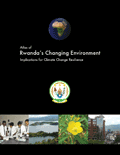
|
Early Warning Systems—A State of the Art Analysis and Future Directions
At a time of global changes, the world is striving to face and adapt to alteration. A global
multi-hazard early warning system is needed to inform us of pending threats. This report presents
an assessment of existing monitoring/early warning systems (EWS) and
identifies current gaps and needs for developing a global multi-hazard early warning system.
 To open this publication, click here...
To open this publication, click here...
|
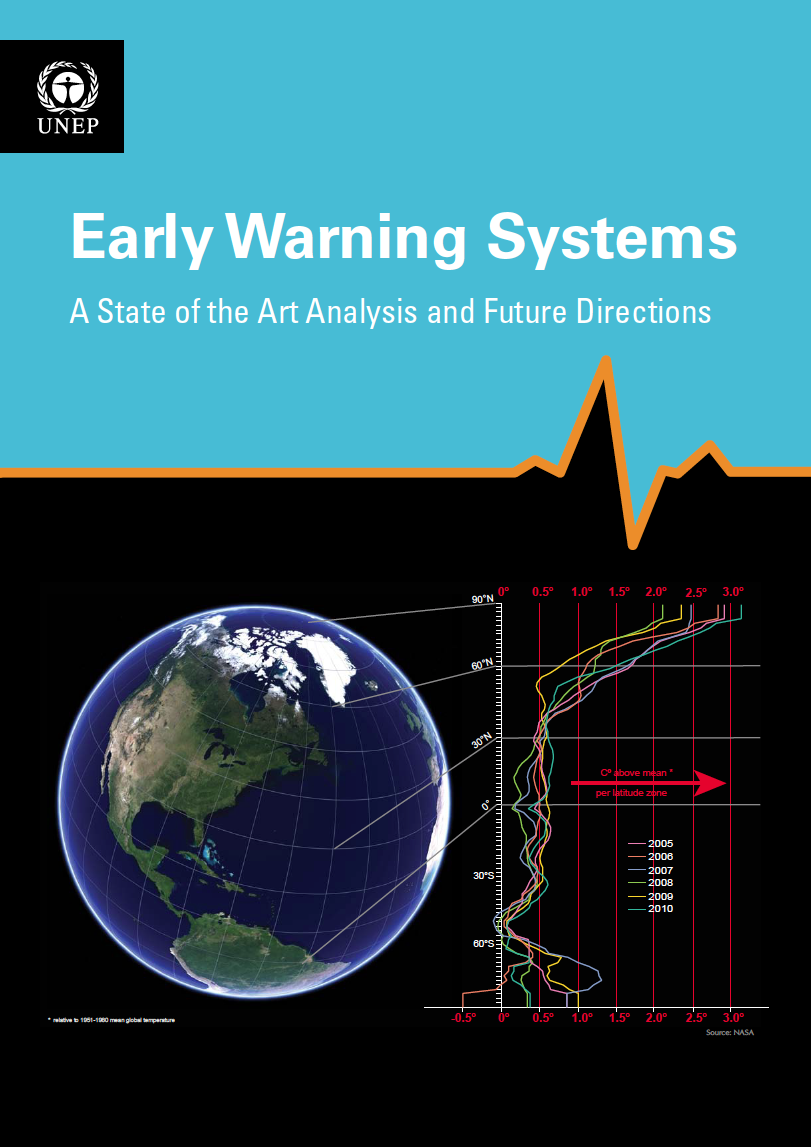
|
Kenya State of the Environment and Outlook 2010
At a time of global changes, the world is striving to face and adapt to alteration. A global
multi-hazard early warning system is needed to inform us of pending threats. This report presents an
assessment of existing monitoring/early warning systems (EWS) and identifies current gaps and needs
for developing a global multi-hazard early warning system.
 To open this publication, click here...
To open this publication, click here...
Additional Download:
Summary for Decision Makers
|
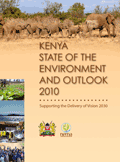
|
Keeping Track of Our Changing Environment
This innovative publication, which is based on statistical evidence, illustrates major global environmental, economic and social changes since 1992. The numbers tell the
story of how, in twenty years, the world has changed more than most of us could have ever imagined. The report has been produced within the framework of UNEP's fifth Global Environment Outlook
assessment report, which will be published in May 2012 in advance of Rio+20.
 To open this publication, click here...
To open this publication, click here...
Download:
Printer Version (70.8 MB)
Press Release (Offsite)
|
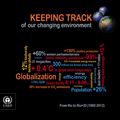
|
GEO 4
The fourth GEO assessment is a comprehensive and authoritative UN report on
environment, development and human well-being for decision making.
 To open this publication, click here... (offsite)
To open this publication, click here... (offsite)
|
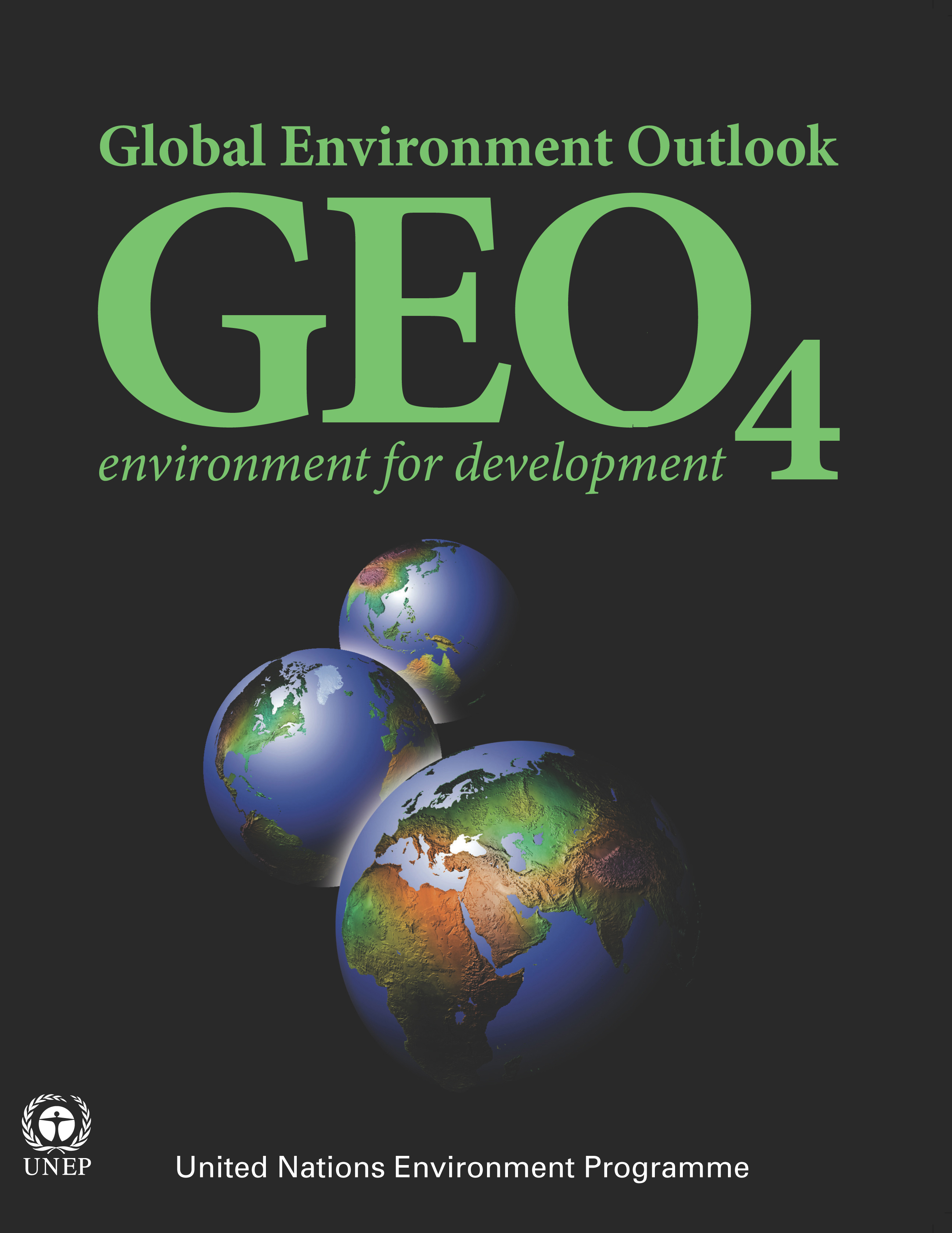
|
Africa: Atlas of Our Changing Environment
This atlas is a unique and powerful publication which brings to light stories of
environmental change at more than 100 locations spread across every
country in Africa. Using current and historical satellite images, the
Atlas provides scientific evidence of the impact that natural and human
activities have had on the continent's environment over the past several
decades.
 To open this publication, click here...
To open this publication, click here...
|
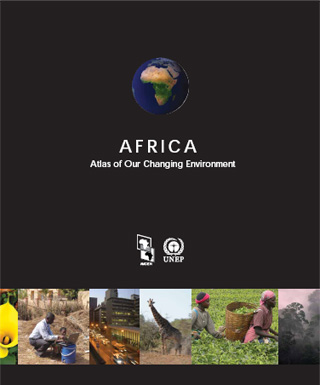
|
Africa Lakes: Atlas of Our Changing Environment
Through a combination of ground photographs, current and historical satellite
images, and narrative based on extensive scientific evidence, this publication
illustrates how humans have altered their surroundings and continue to
make observable and measurable changes to the Africa's lakes and its
environment.
 To open this publication, click here...
To open this publication, click here...
|

|
One Planet Many People: Atlas of Our Changing Environment
Increasing concern as to how human activities impact the Earth has led to
documentation and quantification of environmental changes taking place on land,
in the water, and in the air. Through a combination of ground photographs,
current and historical satellite images, and narrative based on extensive
scientific evidence, this publication illustrates how humans have altered their
surroundings and continue to make observable and measurable changes
to the global environment.
 To open this publication, click here...
To open this publication, click here...
|
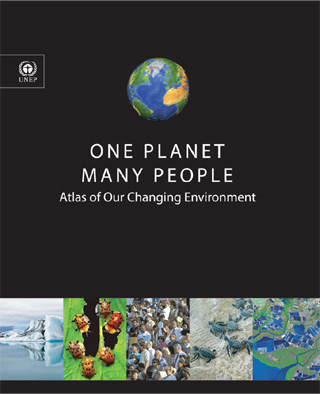
|

















